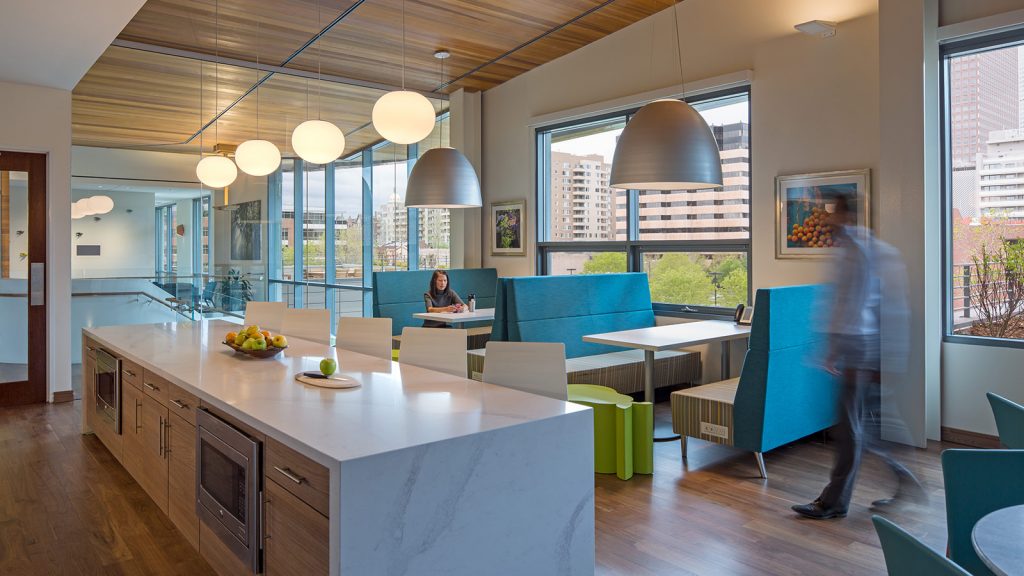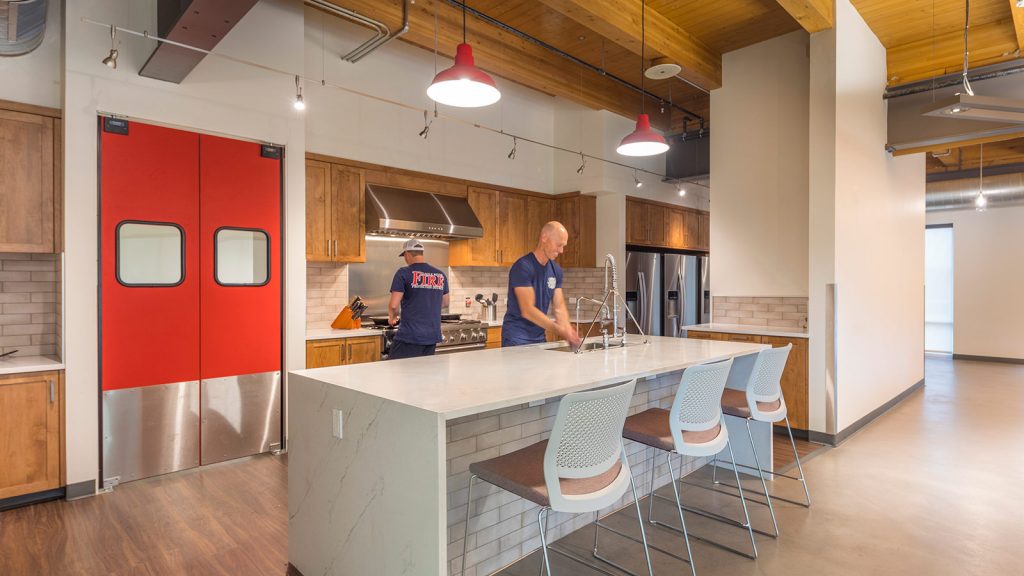![]()
Surfaces, they make up all of our built environment, and we have to be intentional with the surfaces we choose now. What do these surfaces communicate? How cleanable are they? How well can they be cleaned and disinfected? Every surface we interact with has positive and negative qualities, from color to sound buffering to light transmission, and we need to understand how to control and leverage these surfaces to influence a positive physical and psychological affect on those in our spaces.

When in a restroom we like to know it’s clean. No one wants to use a dirty toilet stall, I’d bet many of us even cringed from even thinking about one we’ve experienced in the past. Materials help not only with cleaning, but with conveying a ‘clean’ message. Elements like lighting temperature can help spaces be perceived as cleaner and more hygienic. Combined with anti-microbial, non-porous surfaces, the materials we chose can have a great affect on how people experience a space.

With everything we always want the best: we want cleanable, long-lasting, inviting surfaces that are low emitting and look clean. We want a floor that has self-cleaning properties (yes, that exists) and a light fixture that kill germs (also exists). But in the end what we want to do is create a hospitable and sustainable environment where people feel safe, productive, and considered.